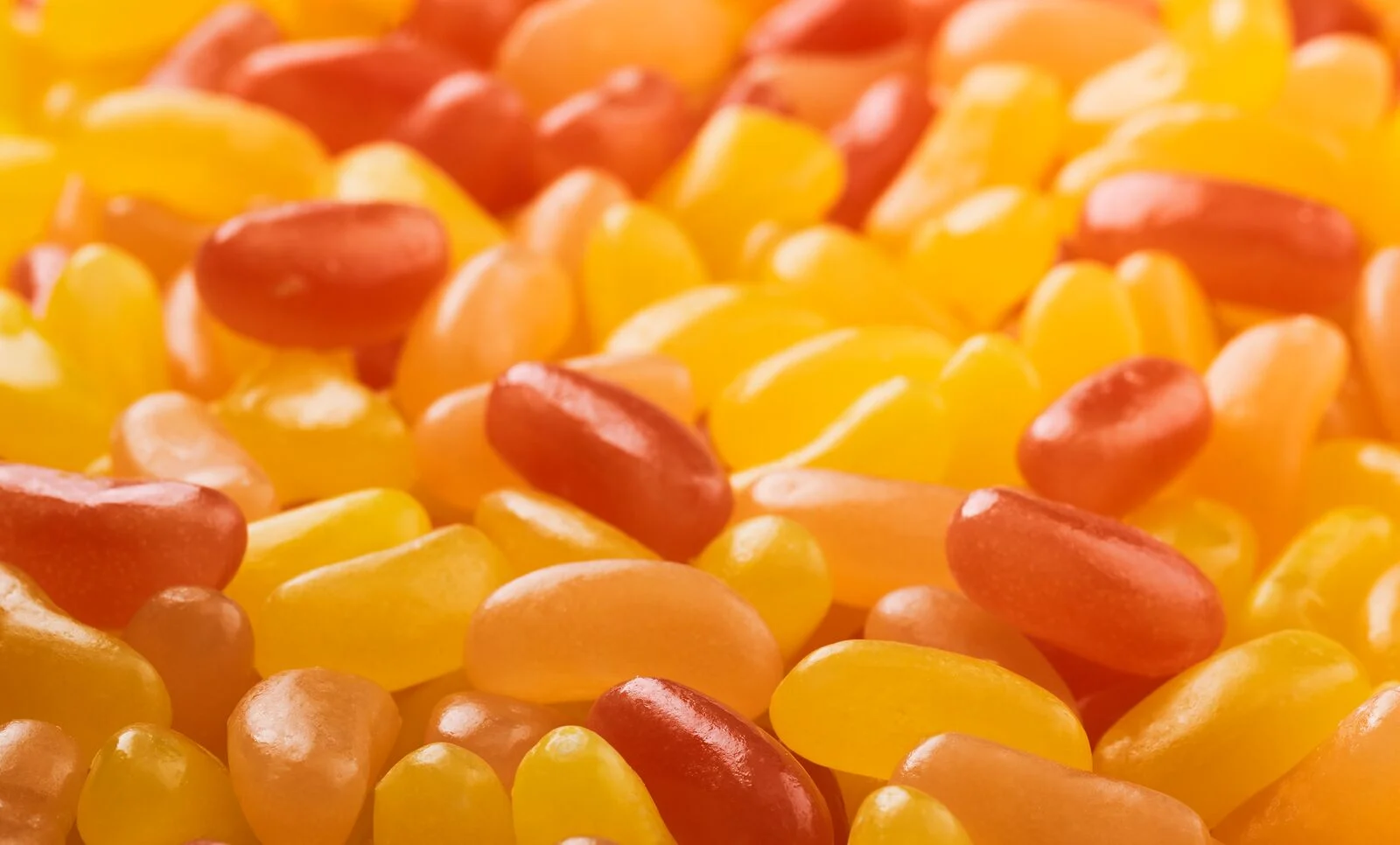Regulatory News | Feb 01. 2024 - 11:44AM
New regulation opens opportunities for especially yellow natural colors
Ieda Neta
Regulatory Affairs Specialist, LATAM
The 46th Codex Alimentarius Commission meeting (CAC46) was a resounding success. 660 delegates (of which over 500 were physically present in Rome, Italy) represented 158 countries and 39 observer organizations. This annual meeting makes decisions on committee proposals and greatly impacts food safety for consumers and the coordination of international standards. Read here for more information on who runs Codex.
For many countries, Codex standards are the basis for national legislation. Many LATAM, APAC, and MEA countries refer directly to these standards or let Codex standards prevail unless they make specific regulations overruling Codex.
This was a good year. CAC46 covered its entire agenda during the allotted time with adoptions of proposed standards, guidelines, codes of practice, maximum levels, and residue limits. Here are the decisions regarding the use of natural colors.
Adopted at CAC46 – it was a good year for yellow!
Codex will increase the number of food categories which allow natural yellow and orange colors from beta-carotene, annatto, paprika, turmeric (curcumin), and caramel II. The new approvals for natural yellow food coloring could open opportunities for your product development if your food production is in these industries: Dairy or dairy analogue Bakery and cereals Savory and meat Confectionery
Note that there was one reduction regarding yellow: turmeric (curcumin) is no longer used as good manufacturing practice (GMP) for fresh cheeses like cottage, cream cheese, and mozzarella. As well, a housekeeping initiative was approved to group four sources of beta-carotene, (INS160a(i), INS160a(iii), INS 160e, and INS 160f), into a heading called BETA-CAROTENES. (INS stands for International Numbering System for food additives.)
Blue got a boost, too
Spirulina has long been used as a coloring food in the EU, but spirulina extract is now approved as a food additive, under INS 134, to be used as GMP – Good Manufacturing Practices.
And on the docket for future meetings...
JECFA has already prioritized what they will evaluate for the future. As far as natural colors are concerned, the list includes:
New exposure assessment to double-check beta-carotene levels.
Re-evaluate annatto norbixin in INS category 14.1.4 (Water-based flavored drinks, including sport, energy or electrolyte drinks and particulates drinks).
Prepare specifications for black carrot extracts, another well-known source used in coloring foods.
Assess safety and establish specifications for butterfly pea flower and gardenia blue
If you think some of these changes could influence your food production, or you want help navigating the new regulatory updates and identifying new business opportunities, contact our regulatory team. We have experts around the world waiting to support you!
